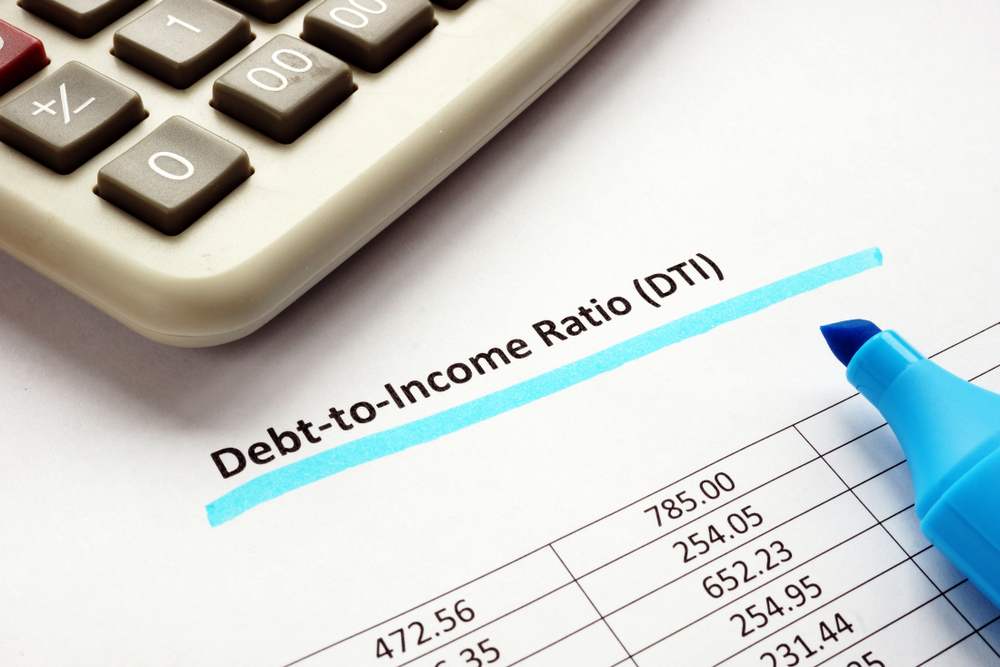You make a good living and pay your bills on time, but are you mortgage-worthy?
To finance the purchase of a Utah home, you’ll need to meet certain standards. Utah mortgage lenders consider several factors when evaluating potential borrowers, and debt-to-income ratio (DTI) is among the most important. This figure quantifies your monthly debts as a percentage of your gross monthly income – or to put it another way, your DTI compares how much you owe each month to how much you earn.
Lower is better when it comes to your DTI ratio, and while a high number may not keep you from getting approved for a home loan, it’s likely to result in fewer mortgage options. Read on to learn more.

What’s a Good Debt-to-Income Ratio for a Mortgage?
Mortgage lenders consider DTI ratio as an indicator of both financial stability and the ability to meet home loan repayment obligations. Different lenders follow different DTI criteria, but here’s how the majority view the matter:
DTI of 20 percent or less – Utah borrowers who meet this benchmark are in the best position to get a home loan, as mortgage lenders consider this to be the ideal.
DTI of 20 to 36 percent – To lenders, a DTI ratio in this bracket shows that debt obligations are manageable and there’s room in the budget for a mortgage payment.
DTI of 37 to 50 percent – Some lenders may accept a number in this range, but additional proof of the borrower’s ability to repay a mortgage may be required.
DTI of 51 percent or more – Lenders don’t see this measurement to be indicative of creditworthiness, making borrowers unlikely to get approved for a mortgage.
How Do You Calculate Your Debt-to-Income Ratio?
Calculating your DTI ratio is a fairly simple process, one that involves just three steps:
Step 1: Add up all of your monthly debt obligations, using the minimum payment amount for each of your current debts.
Step 2: Determine your gross monthly income, or what you earn before taxes and deductions are subtracted.
Step 3: Divide your total monthly debts by the total you earn each month, then multiply by 100 to get a percentage.
As an example, if your debts add up to $1,500 and your gross monthly income is $5,000, here’s how the math to calculate your DTI ratio would look:
$1,500 ÷ $5,000 = 0.30
0.30 x 100 = 30 percent DTI ratio
How Can You Reduce Your Debt-to-Income Ratio?
If your DTI is on the high side and you’re worried about getting approved for a mortgage, an increase in income will make the number decrease. That may not be possible at the moment, though, so you may need to pay down your debts to lower your DTI ratio. That said, some lenders may approve you for a home loan if you have a stockpile of savings, enough to cover your mortgage payments if you experience financial difficulties.
Are you ready to become a Utah homeowner? Or do you have questions about debt-to-income ratio and home loan eligibility? The mortgage professionals at Intercap Lending would be happy to help – contact our office in Orem, Utah, today.




